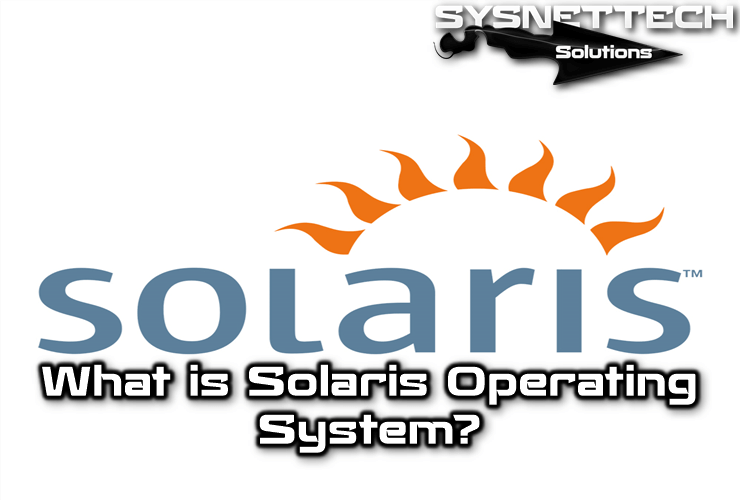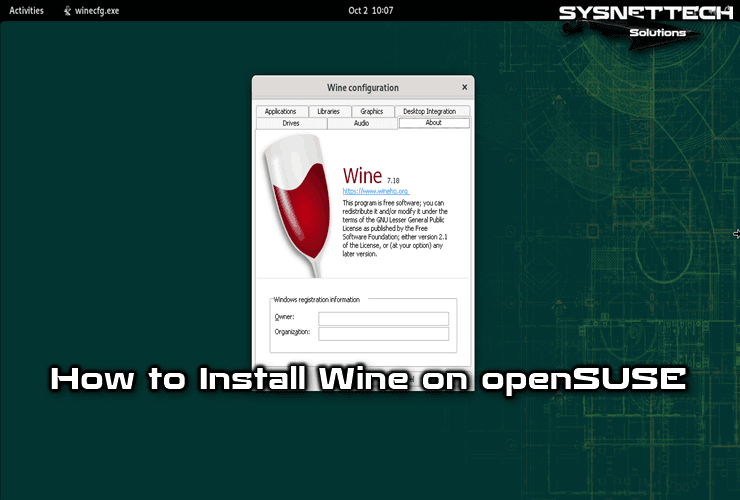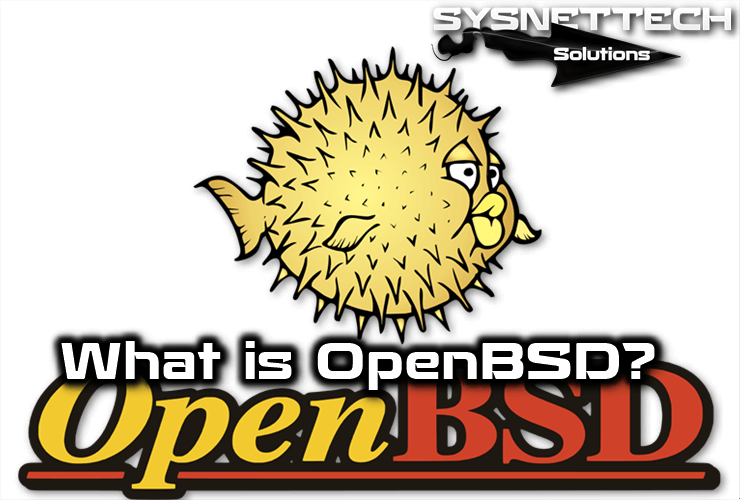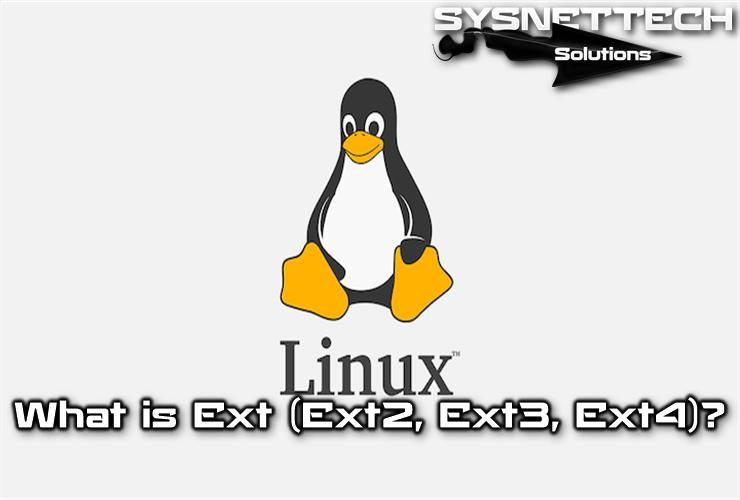Solaris is a Unix-like operating system originally developed by Sun Microsystems and later Oracle Corporation as a successor to SunOS since 1992. In 2010, Oracle bought the Sun and renamed this system to Oracle Solaris.

Solaris and OpenSolaris Operating System
It is an officially approved Unix system and works on SPARC and X86 architectures for servers and workstations.
History
Sun’s first operating system appeared in 1983 and was originally called SunOS. One of the founders of the company is a programmer working on the UNIX BSD system at Berkeley University.
Later, this operating system combined the functions of System V and practically became an operating system completely based on System V.
This System V-based version was released in 1992 and was first named Solaris, more specifically Solaris 2. Previous versions were named Solaris 1 for backward compatibility.
SunOS will now operate as the core of this new Solaris operating environment. So Solaris 2 included SunOS 5.0.
Next, a distinction is made between the core of the operating system and the operating environment in general, and it is developed by adding other packages, such as Apache or DTrace.
As an example of this feature, Solaris 8 includes SunOS 5.8.
Properties
Solaris uses a common code base for architectures where it supports SPARC and X86 (including AMD64/EM64T).
It also moved to the PowerPC architecture in version 2.5.1 but was canceled when its port was released immediately. Work has been done to support Itanium hardware, but it has never been released.
Sun also allowed to implement Linux ABIs in Solaris 10 and facilitate the Linux Object Code to run locally on the x86 platform by using both Executables and Connectable Formats.
This system has a very favorable reputation for SMP (Symmetric Multiprocessing), which supports a large number of CPUs.
Sun has provided support for 64-bit SPARC applications since Solaris 7.
Historically, Solaris was tightly integrated with the hardware platform SPARC, where Sun was designed and introduced as a unified package.
Since version 2.1, it has also supported x86 systems and allowed AMD to take advantage of the availability of 64-bit Commodity CPUs based on AMD64 architecture, taking into account AMD64.
Sun intensively developed Solaris with AMD64-based entry-level workstations. However, they stopped developing workstations based on SPARC architecture, replacing them with Intel Core 2 and AMD64 based models.
The first desktop environment for the Solaris operating system was OpenWindows, but with version 2.5 it was replaced by CDE.
In version 10, the GNOME desktop environment is used by default.
OpenSolaris
OpenSolaris was developed in 2005 based on the registered Solaris version of Sun Microsystems, which is now part of Oracle.
Solaris source code was released as a Free Software project under the name OpenSolaris under the CDDL (Common Development and Distribution License) license.
CDDL license has been approved by OSI (Open Source Initiative) and FSF as a Free Software license but is not GPL compliant.
The OpenSolaris system was strengthened on June 14, 2005, using the Solaris code development base. Therefore, binary and source code versions can be downloaded and licensed for free.
The main reason why OpenSolaris is much more than an operating system is the creation and development of a user community.
OpenSolaris is derived from the Unix System V base code, but most of the system has been replaced since the early 1990s and is the only variant of System V with the current source code.
Different features such as Xen support also added to OpenSolaris. Sun said that new Solaris systems will be strengthened by handling OpenSolaris.
Development Edition
The codebase has been constantly being renewed and improved since the launch of the 2.0 release in the late 1980s.
A snapshot is released before the development version is released, and is then maintained as a spin-off project.
Updates and improvements to the project in question are created and offered several times a year until the next official release is released.
The developing versions of Solaris are called Nevada.
Under the name of the Solaris Express program, the image of the development version is now allowed to be tested once a month and to be released to the market to test the quality and stability of the system.
Solaris 10
Solaris 10 is the latest version of the OS developed by Sun Microsystems and is proprietary software. This system released as a free software project called OpenSolaris.
This is a new enhancement for Sun as all previous versions were closed. They planned to deploy this version under the CDDL Joint development and distribution license.
Sun Solaris runs on SPARC 32 and 64-bit architecture or x86 processors.
Self Repair Feature
Sun placed a system called PSH (Predictive Self-Healing Technology) at the core of the Solaris system.
Thanks to this PSH feature, the risks of the system are reduced and the availability of the equipment increases.
In addition, PSH takes measures to reduce the damage caused by future major hazards in the systems and consequently reduce downtime and save time and money.
As it is known, the main purpose of an operating system is to control a computer and coordinate and regulate the computer’s hardware, manage hardware errors and data loss.
For this reason, Sun company created PSH, which is to avoid system errors and minimize the damage that may cause.
DTrace Feature
This feature, called dynamic tracking, examines real-time performance issues and accesses bottlenecks using smart system probes that can access slower performing areas.
It also allows for a better examination of the effectiveness of the kernel and application.
Container Feature
Many private runtime environments have their own identity, independent of the underlying hardware, making consolidation a simple, reliable, and secure process.
Because system resources are virtualized, it can increase hardware utilization.
File System
ZFS, the dynamic file system of the Solaris OS, provides easy management that automates and consolidates complex storage concepts while protecting all data with 64-bit totals that detect and correct data corruption.
It is the first 128-bit file system, with almost unlimited storage capacity as it offers 16,000 million times more capacity than 32 or 64-bit systems.
Update Support
Users using the Solaris have an update service that will keep them updated with the innovations of the new operating environment.
Compatibility
The compatibility scope of applications written in previous versions of Solaris is a tremendous feature to apply to new systems. You can also run GNU/Linux applications naturally on these systems.



